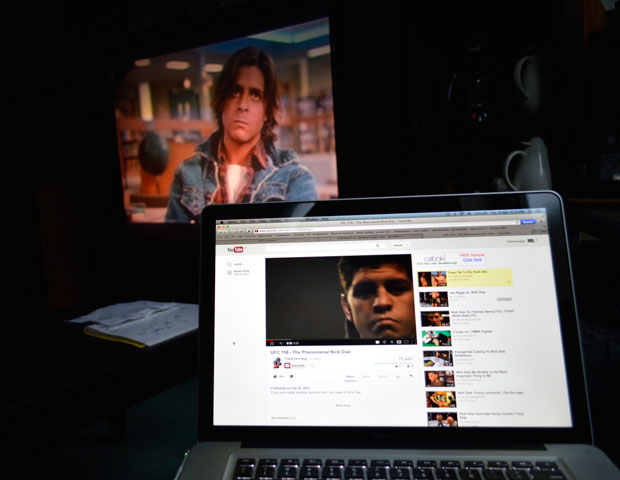
by Xavier Kataquapit
ATTAWAPISKAT – School is out for the holidays and my friends and I are eager to head out into the winter weather. None of us are thinking about Christmas or New Years but just happy to have time off of school. We busy ourselves with our work in the snow. It is 1985 and our group of ten-year-old boys is breaking trails through the community.
We take part in an old playtime activity that has been passed down to us. It is a play time tradition in which children make small wooden toboggans which they then drag across the snow with a string and a stick. It is a pastime that has been played by children in the north for generations and copies what the hunters and trappers in Attawapiskat First Nation have been doing for many centuries.
Some of the boys are lucky in that their parents or elders make their toboggans for them. Most of us, however, construct our own using axes, saws, old nails and boards we find in our family tool sheds. It is an activity that stirs our imaginations and we find all sorts of unique ways to make our tiny toboggans.
The basic design is to take a small plank or piece of plywood about five inches by eight inches and then shape two smaller pieces of wood into sleigh runners which are then nailed to the bottom. Our more skilled and creative members take the extra time to make decorative sleigh runners with raised nose points just like the ones our trapper fathers and uncles use. The younger ones are content with just a plain flat sleigh but some of us opt for building an actual box on top to hold any supplies or miniature equipment we might carry. We carefully place tiny pieces of round wood that look like full-length logs or we craft tiny wooden boxes to place inside the toboggans.
The toboggans are pulled by a string and even the placement of the string teaches us a design aspect of toboggan building. If it is offset even a little, the sleigh will not work right, even at such a small scale.
Every morning we gather at predetermined places in our neighbourhood. Today we are gathered at my cousin Thomas Kataquapitís house, just a block away from my home. Iíve built my own boxed sled, complete with an old hockey stick to pull my string. My younger brother Joojep has a similar sled without a fancy hockey stick. Thomas has the same but his is expertly carved with upright runners with raised leading noses, all made from Sherwood hockey sticks. Antoine has a simple flat model but with protruding oversized nail rods on top to hold a supply of round wood. Another cousin Joey Okimaw has two simply made toboggans linked as a small train. Another relative, Bruce Hookimaw has gone for an entirely new design and built his out of old red plastic oil containers. These are the old 70s style oil containers with a heavy plastic spine. One flat side of the container is cut open to create a flat bottomed sled. Bruce supplies his with small wooden blocks and stones to weigh it down.
The weather has dipped to a brisk minus 20 degrees but we are well clothed, with moose hide mitts from the handicraft of our mothers and grandmothers, warm toques and heavy winter boots. We make sure our clothes are tight and secure, check our toboggans one last time, decide on a leader and then head out. Today, Thomas takes the lead and we start our journey.
We begin by moving on a track around our homes following old trails we stomped down in the past. They are easy to find because these are the tiny footprints of children in the snow next to miniature snowmobile tracks made by many mini sleds. Adults represent a constant hazard as they have cut across our trails leaving deep gorges that our sleds have to cross. In the blowing snow, we eagerly get down on our hands and knees to carefully repair the damage and build detours and ramps to lead our sleds down one side and then up the other. We are driven to have a good journey.
Sometimes we lose our way across hard packed snow or icy streets that leave no trail marks. We argue with one another about where the old trail could be. If we do not find it, we agree to start a new one and continue on. We are democratic in our decision.
It is a training ground for our young minds. We learn how easy it is to lose ones way. We discover how to cooperate as a group. We establish how to push ourselves through driving snow and cold weather. We also figure out the dangers of equipment failures and regularly help one another to fix a broken sled or a string that had come undone.
We spend hours roaming the neighbourhood, never noticing that we have walked for a mile or more in the snow. Our journeys are always greeted with a trip home back to our parents and grandparents around the warm glow of a wood fire and a hot cut of tea and bannock, just like our elders as hunters and trappers. In play, we are finding our way.
www.underthenorthernsky.com

